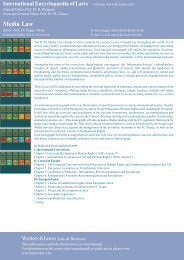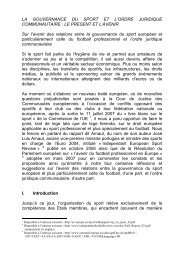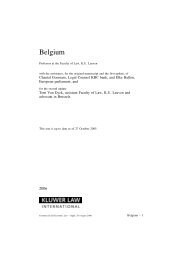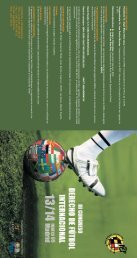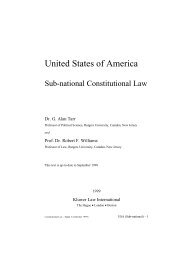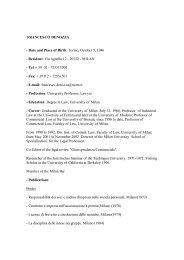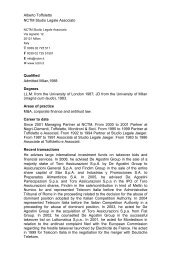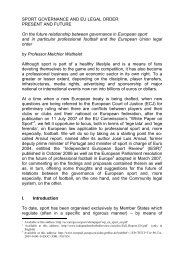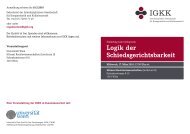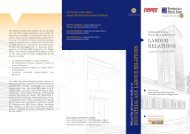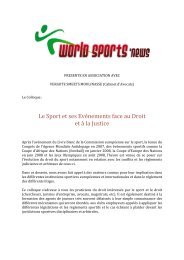Denmark - International Encyclopaedia of Laws
Denmark - International Encyclopaedia of Laws
Denmark - International Encyclopaedia of Laws
Create successful ePaper yourself
Turn your PDF publications into a flip-book with our unique Google optimized e-Paper software.
General Introduction 10–1410. The Danish Parliament (Folketinget) is a single chamber system and has 179members, including two members from the Faroe Islands and two from Greenland.Members are elected by proportional representation and serve a term <strong>of</strong> up to fouryears. In accordance with the constitutionally enshrined principle <strong>of</strong> cabinet responsibility,the Danish Government is appointed on the basis <strong>of</strong> a majority <strong>of</strong> the Members<strong>of</strong> Parliament. The Prime Minister is usually the president <strong>of</strong> the largestpolitical party in the Parliament.11. Traditionally, <strong>Denmark</strong> had four large political parties: <strong>Denmark</strong> Right (conservative),Left (liberal), the Social Liberals and the Social Democrats (socialist).All Danish governments have been headed by either the Social Democrats or one ormore <strong>of</strong> the liberal or right wing parties. However, since the 1960s the number <strong>of</strong>parties has, on the whole, increased and at the last parliamentary election in 2007,eight out <strong>of</strong> nine nominated parties were voted into parliament. Currently, the LiberalParty (headed by <strong>Denmark</strong>’s Prime Minister Lars Løkke Rasmussen) and theSocial Democrats hold the most seats, followed by the Danish People’s Party(renowned for its tough stance on immigration), the Socialist People Party and TheConservatives.12. <strong>Denmark</strong>’s electoral turnout is reportedly among the highest in Europe.National referendums have numbered seventeen since 1920, with five addressing<strong>Denmark</strong>’s relationship with the European Economic Community (EEC)/EuropeanUnion (EU) and five concerning the voting age, now set at 18 years.§2. THE DANISH ECONOMIC SYSTEMI. Industries and Trade13. <strong>Denmark</strong> is a small, free market capitalist economy. Developing away fromits traditional agricultural roots, Danish business structure has transited through anindustrial period to today’s service-dominated society. Sustained growth means thatalmost 75% <strong>of</strong> Danish workers are employed in the services sector. This is reflectedin <strong>Denmark</strong>’s leading enterprises: financial and business services, followed by tradeand hotels, then agriculture and fishing. <strong>Denmark</strong>’s private sector has relatively fewforeign-owned enterprises (making up only 1% <strong>of</strong> the total number <strong>of</strong> private sectorenterprises), but their comparatively greater size helps account for a high percentage<strong>of</strong> the total turnover for Danish businesses. Economic growth is created byproduct innovation and new jobs, and 2005 figures showed a considerable increasein the number <strong>of</strong> enterprises created. Since 1997, <strong>Denmark</strong>’s economic growth hasbeen slightly below the EU average.14. A member <strong>of</strong> the EU since 1973, <strong>Denmark</strong> is highly dependent on trade.With limited natural resources, <strong>Denmark</strong> imports raw materials in addition to manyCompetition Law – (February 2011)<strong>Denmark</strong> – 17



